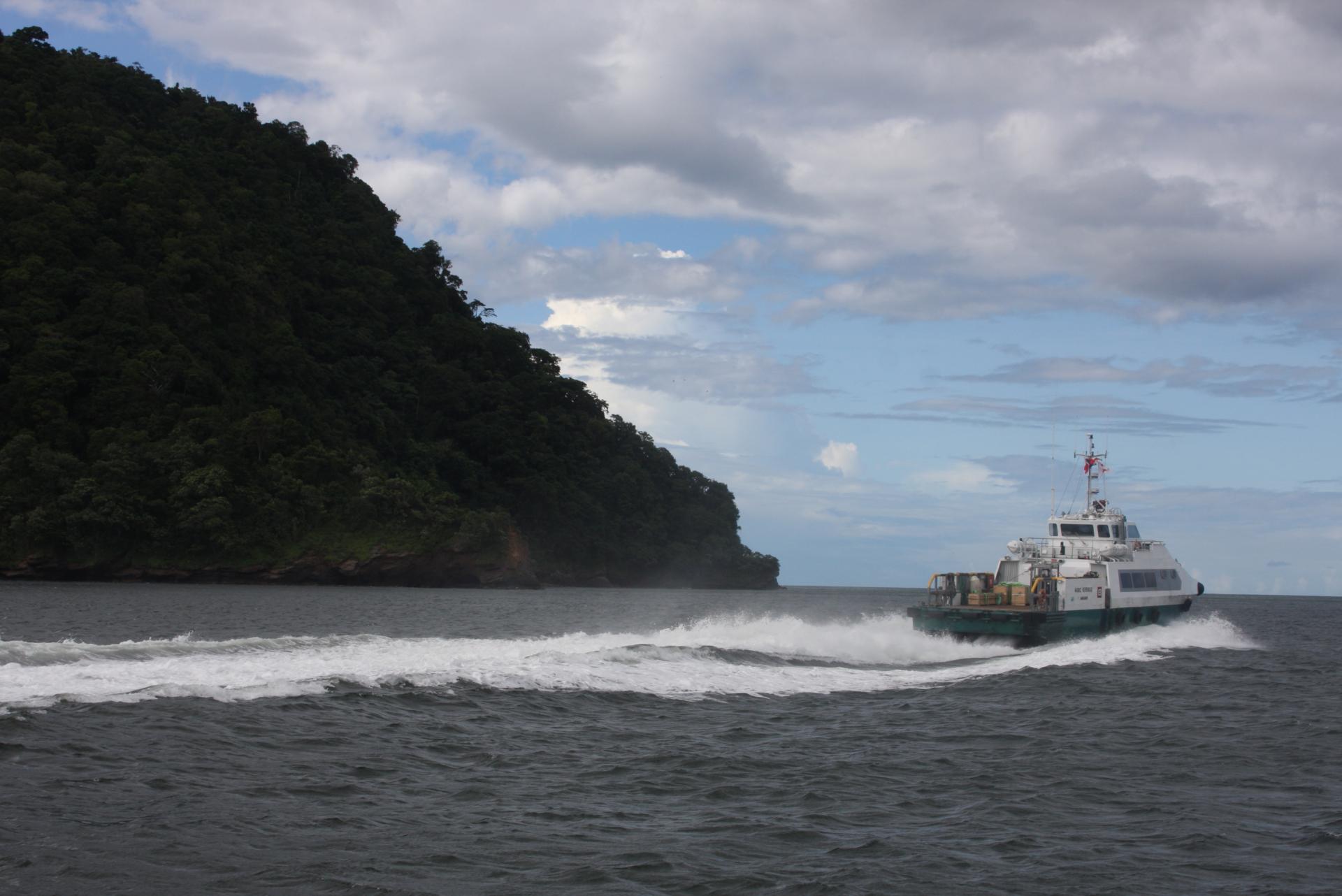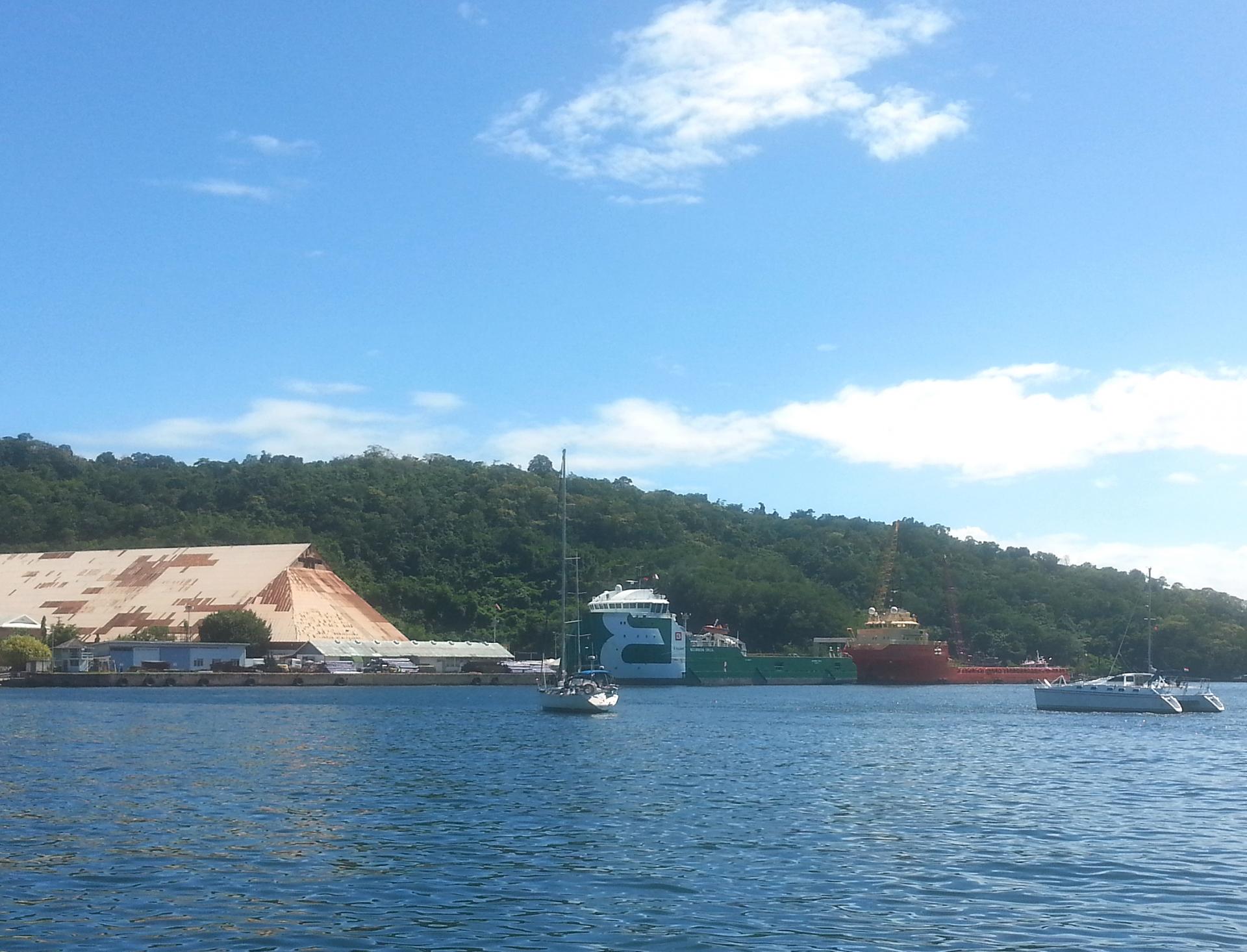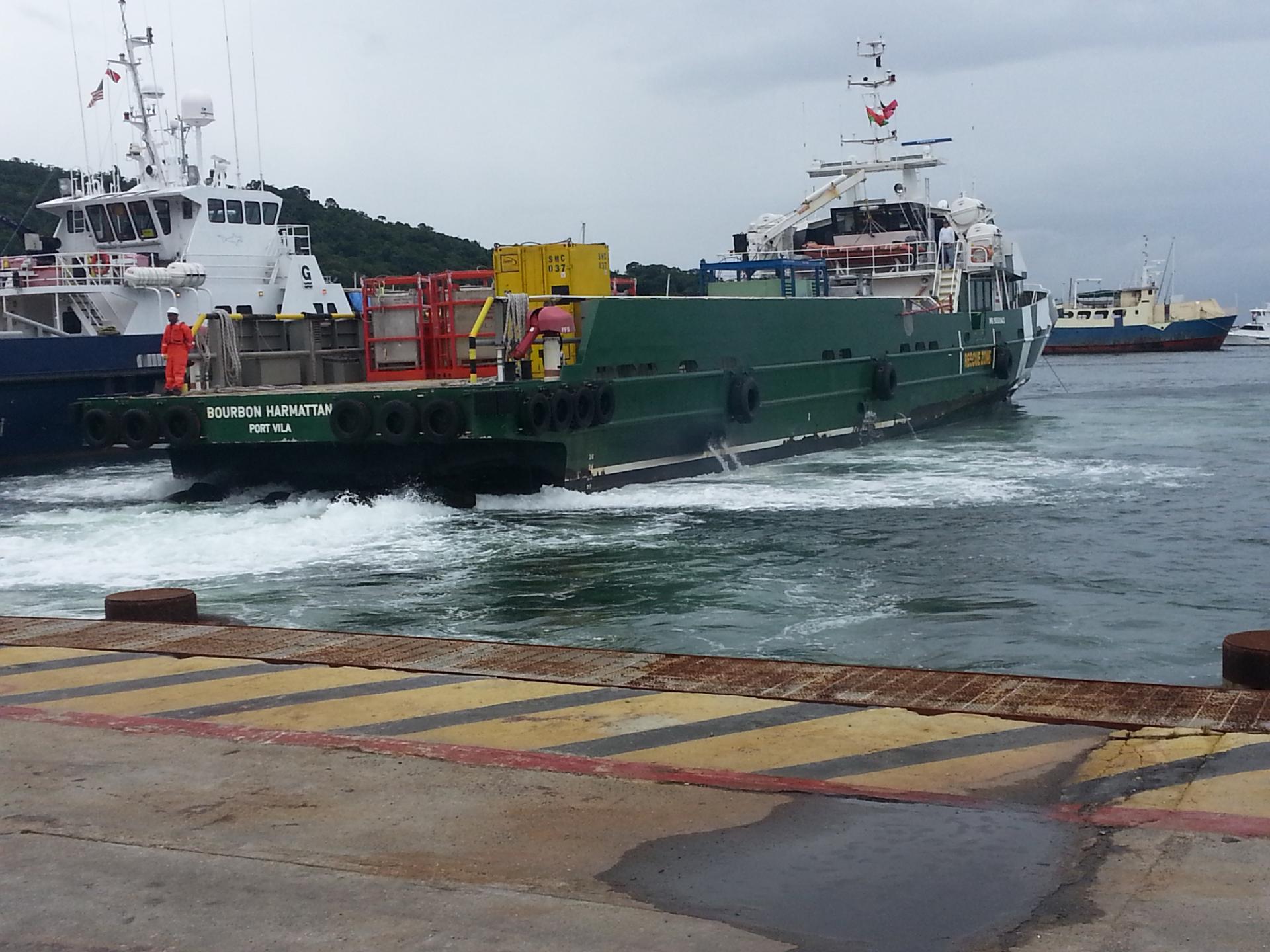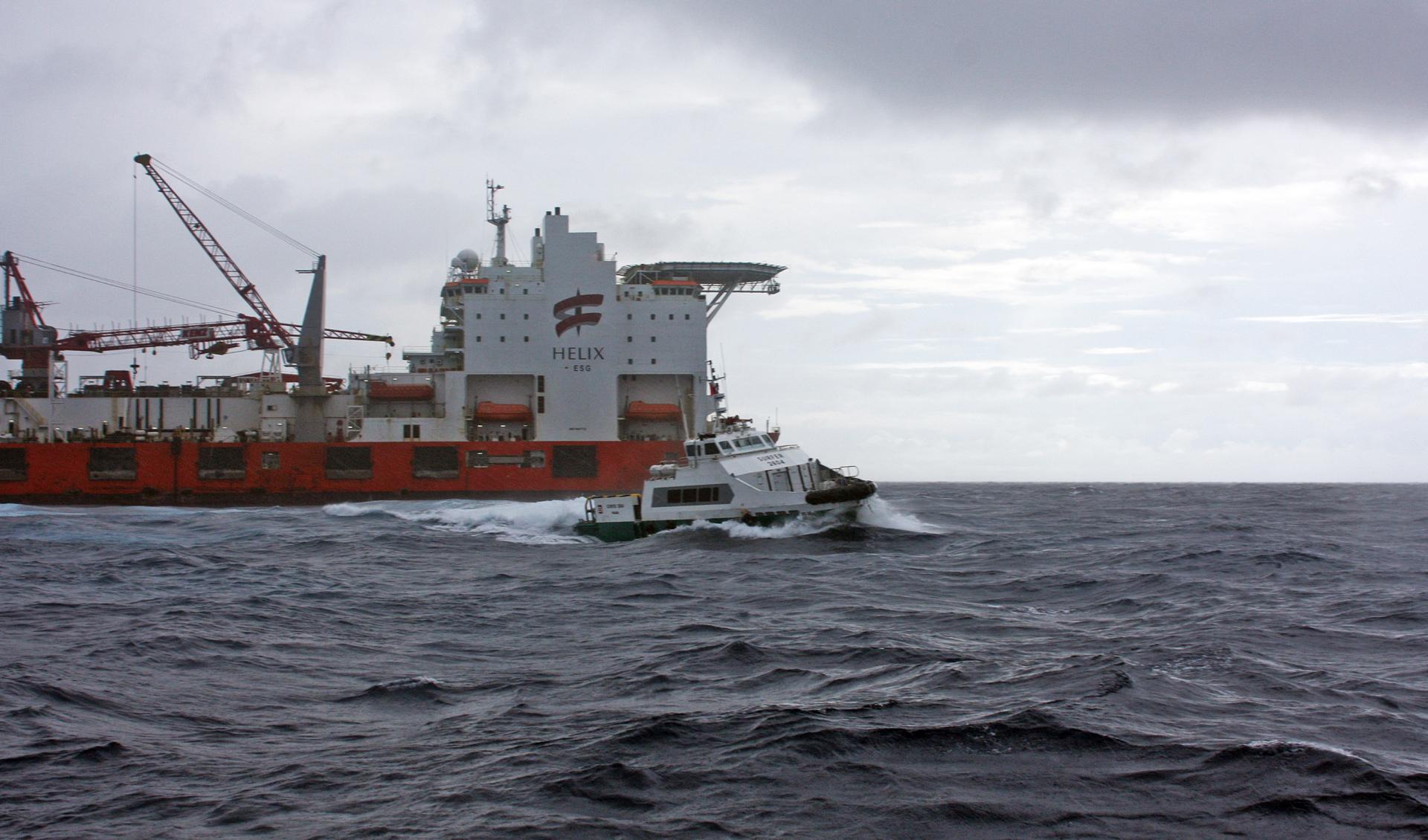
Trinidad & Tobago: Caribbean energy
In the heart of the Orinoco1 belt with its abundance of energy resources (oil & gas), Trinidad & Tobago, a country consisting of two islands, is located at the crossroads of a highly dynamic Caribbean zone. BOURBON is active in this country with a fleet of around ten vessels.
The Caribbean zone has discreetly risen to a leading position in the oil industry. In addition to Trinidad, the main players are Surinam, French Guiana, Guyana, Colombia and Venezuela. For many industry giants such as BP, a high proportion of their production comes from this area, along with other private and public national companies, for the most part in the continental offshore sector at depths ranging from 50 to 150 m. There are however seismic surveys in progress, in order to develop the deepwater offshore sector.
Local companies operate smaller vessels, while international players opt for large PSV and AHTS vessels. In both cases, the vessels are powered by traditional propulsion engines. As for personnel transportation, the use of large Surfers has proven to be useful on the east coast, despite the difficult conditions at sea, yet considering the distances involved, helicopter use is still essential. On the other hand, this type of vessel is preferred on the west coast, in the Gulf of Paria, they are operated nearly exclusively by local companies.
Bourbon Offshore Trinidad: local content and BOURBON standards
Present in Trinidad since 2009, BOURBON has a staff of nearly 120 employees, mostly Trinidadians, and seafarers for the most part. BOURBON also provides training for cadets. With a fleet consisting of 3 FSIV, 5 PSV (including 3 Bourbon Liberty), and 1 AHTS, the affiliate handles cargo operations involving barite2, bentonite3, cement, fuel, etc. and equipment such as pipes, machines, etc.
In this booming Caribbean zone, BOURBON stands out from other operators particularly thanks to the group’s safety standards defined by the OSM (Operational Safety Management) and the group’s Ethics & Compliance policy, both of which contributed to BOURBON entering a partnership with BP. BOURBON also has operational advantages that make a difference, with its fleet of fuel-efficient diesel-electric Bourbon Liberty vessels. For loading operations, their reduced size provides for a better approach to platforms and FPSO4, which translates to optimal use of their deck space, making them more profitable than the large AHTS vessels.
At present, BOURBON continues to pursue growth in this promising zone, particularly in countries where the oil production sector is mature, such as Venezuela and Colombia. The group is also keeping a close eye out for new opportunities that will certainly arise in the deepwater offshore sector starting in 2017.
1Orinoco Belt: a geographic zone spanning 55,314 square kilometers to the north of Venezuela, with high energy potential (heavy and extra-heavy crude oil).
2Barite: a mineral used in the industry for its density and for its barium content (used in glass, cathode ray tubes, ceramics, etc.)
3Bentonite: clay that is used in drilling oil wells and for geothermal research.
4FPSO: stands for ‘floating production storage and offloading’, making it possible to process and store hydrocarbons, in addition to storing oil and gas products at sea.

Bourbon Orca at the dock

FSIV Bourbon Harmattan

Surfer 2604 in operation


